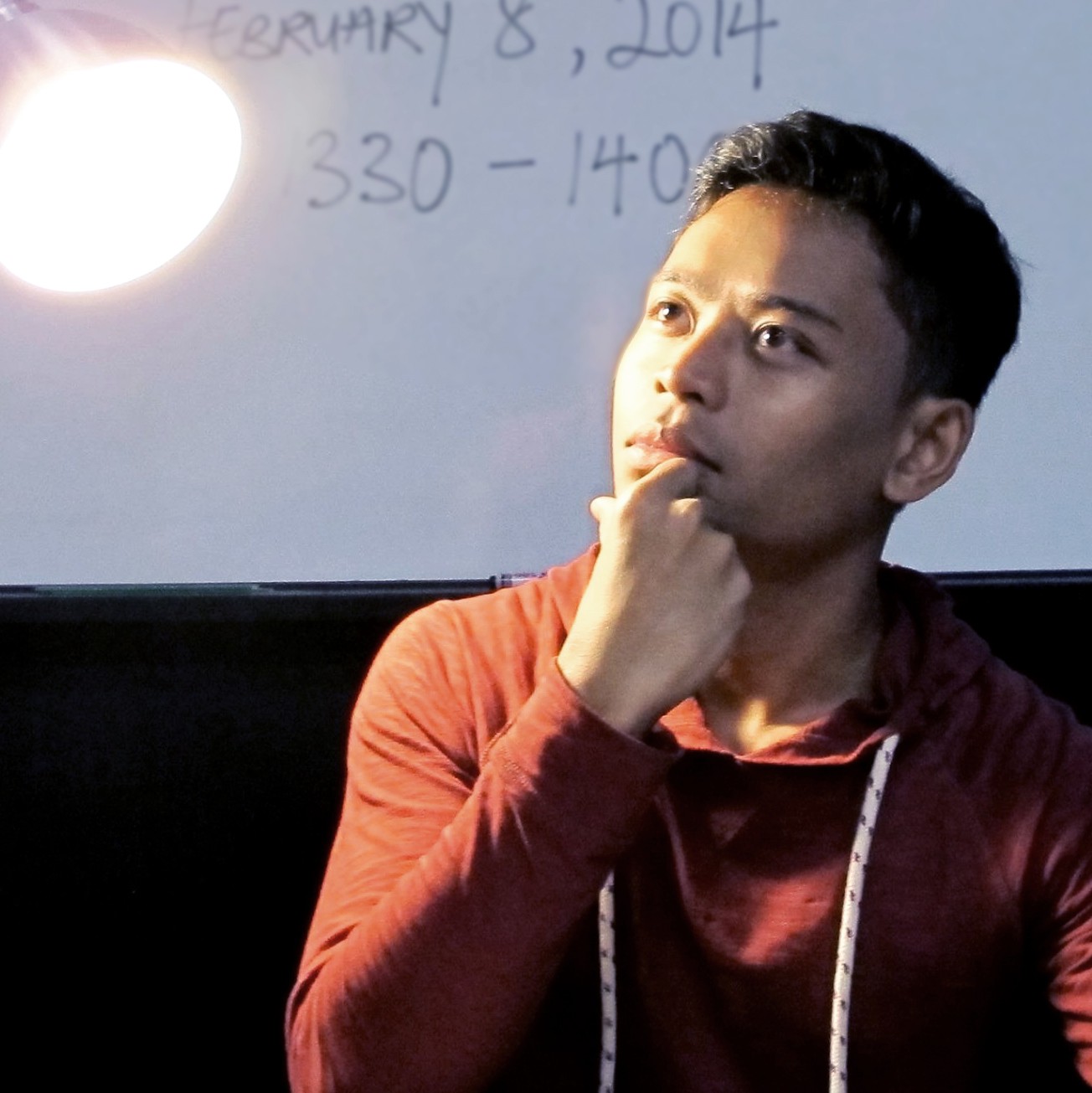This reading assignment has definitely redefined my perspective on design. Kim Goodwin highlighted a very important point that separates the idea of being an artist and being a designer. An artist is one who creates to display their vision in the en-product,whether it is a narrative, a form of expression, or an avenue for exploration in the artist’s point of view. Whereas a designer would keep in mind that he or she creates to fulfill a purpose, whether it is in the functionality of the end-product, to serve as a solution to problems, to meet the demands of the client they are working for, or to satisfy the needs and goals of the user of the product or service.
Goodwin has also covered the skeleton and workflow in design by touching on several examples, such as interactivity and experience, to help readers understand how it all works, and how we as designers should go about before jumping in to execute our ideas. I find myself prioritizing aesthetics more than function when it comes down to thinking about designing a particular product. However, I often neglect an important aspect of design itself and that is the user that I am making the design for. As artists, we do get carried away with the beauty of our works that we sometimes disregard the purpose of why we even come up with the work itself. Goodwin’s breakdown of the Goal-Directed Design, a user-centered methodology by Alan Cooper, made me realize the key elements to pay attention to in every step of the workflow.
Goal-Directed Design consists of four different components: principles, patterns, process, and practices. This serves as a framework and a guideline for design teams and companies to follow to ensure that they are able to translate the demands of their clients into designs that meet their needs and satisfaction. Goodwin mentioned how we as designers should think of principles as the rule of grammar in design (creating a good solution), while patterns as the designer’s vocabulary (types of solution that could be useful). However, Goodwin was more focused in explaining the two latter components.
Goal-directed process was dissected into so many more layers that carries more weight in design. He highlighted the importance of personas, where user profiling is crucial in order for a designer to truly understand what their clients really need and from there, make better design decisions. Goodwin also discussed how practices is essential where project planning and consistent communication within the team and with the clients play a huge role in achieving better design.
I have yet to implement this set of rules that were discussed in Goodwin’s writing. I could clearly see how the information that I have gained from the reading could make better improvements to my work and attitude as a designer.
Questions:
1. Is the goal-directed design methodology applicable across all the different disciplines in design itself?
2. How do we as designers go about if we ever lacked in personas?
